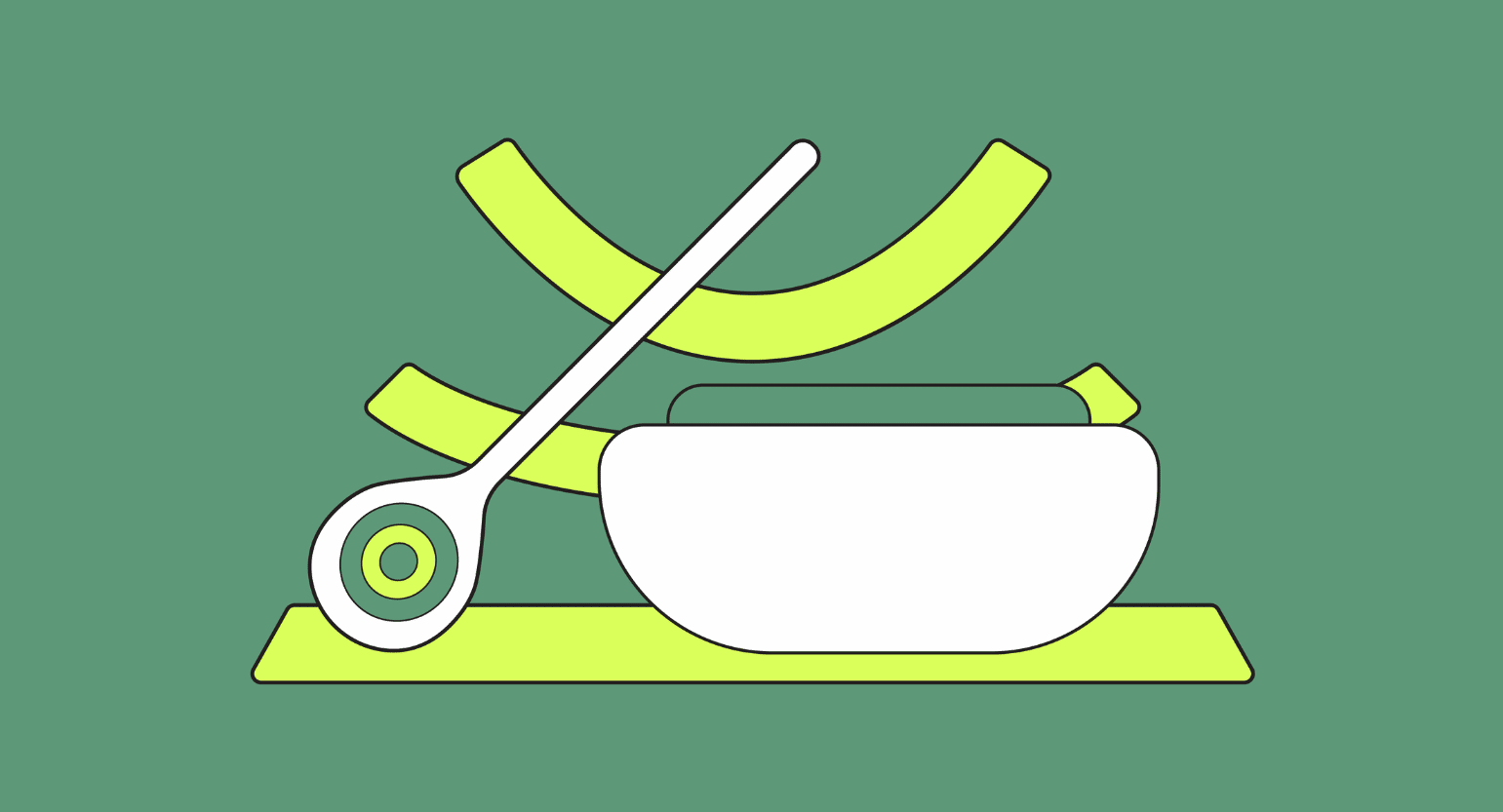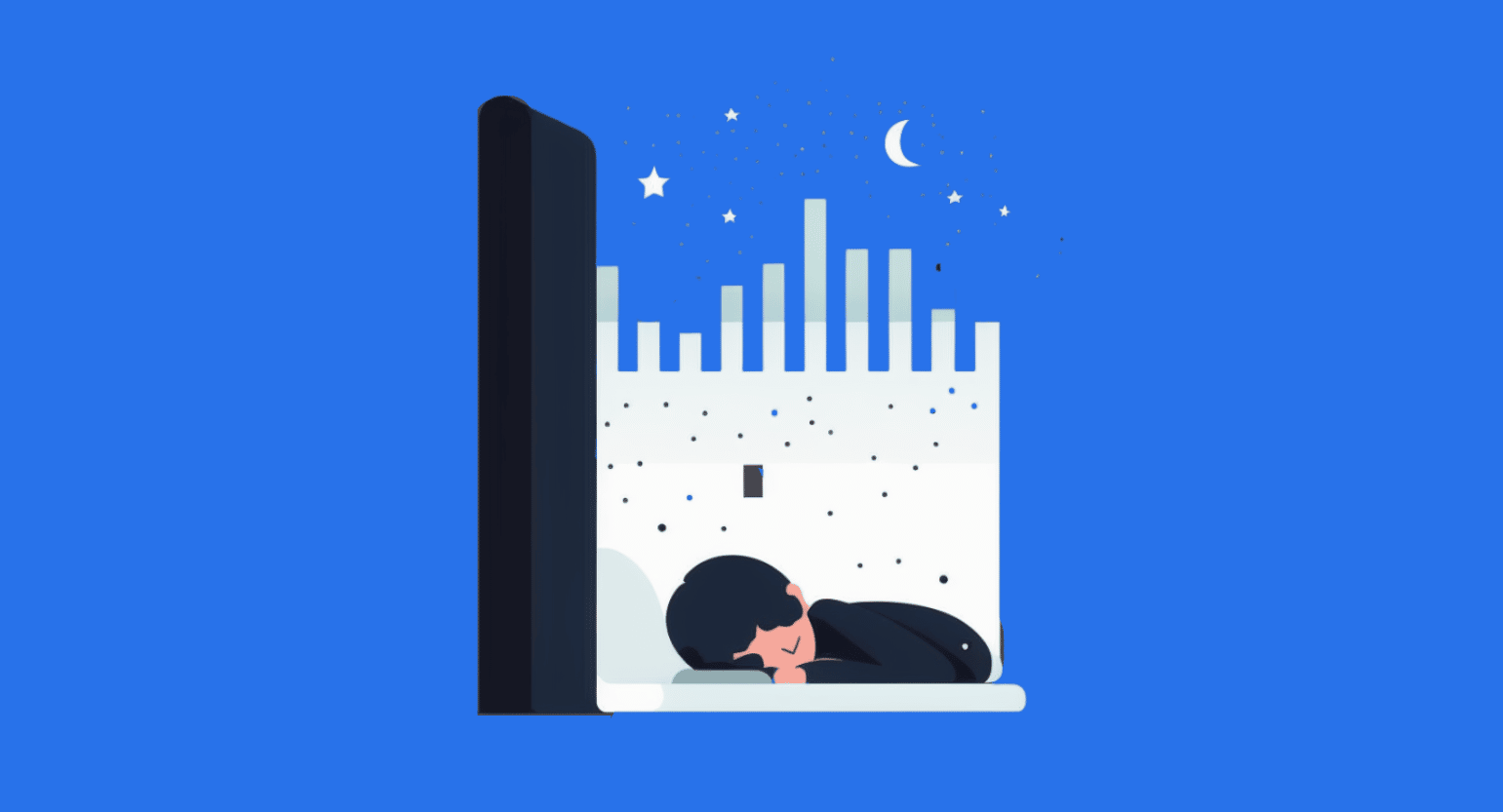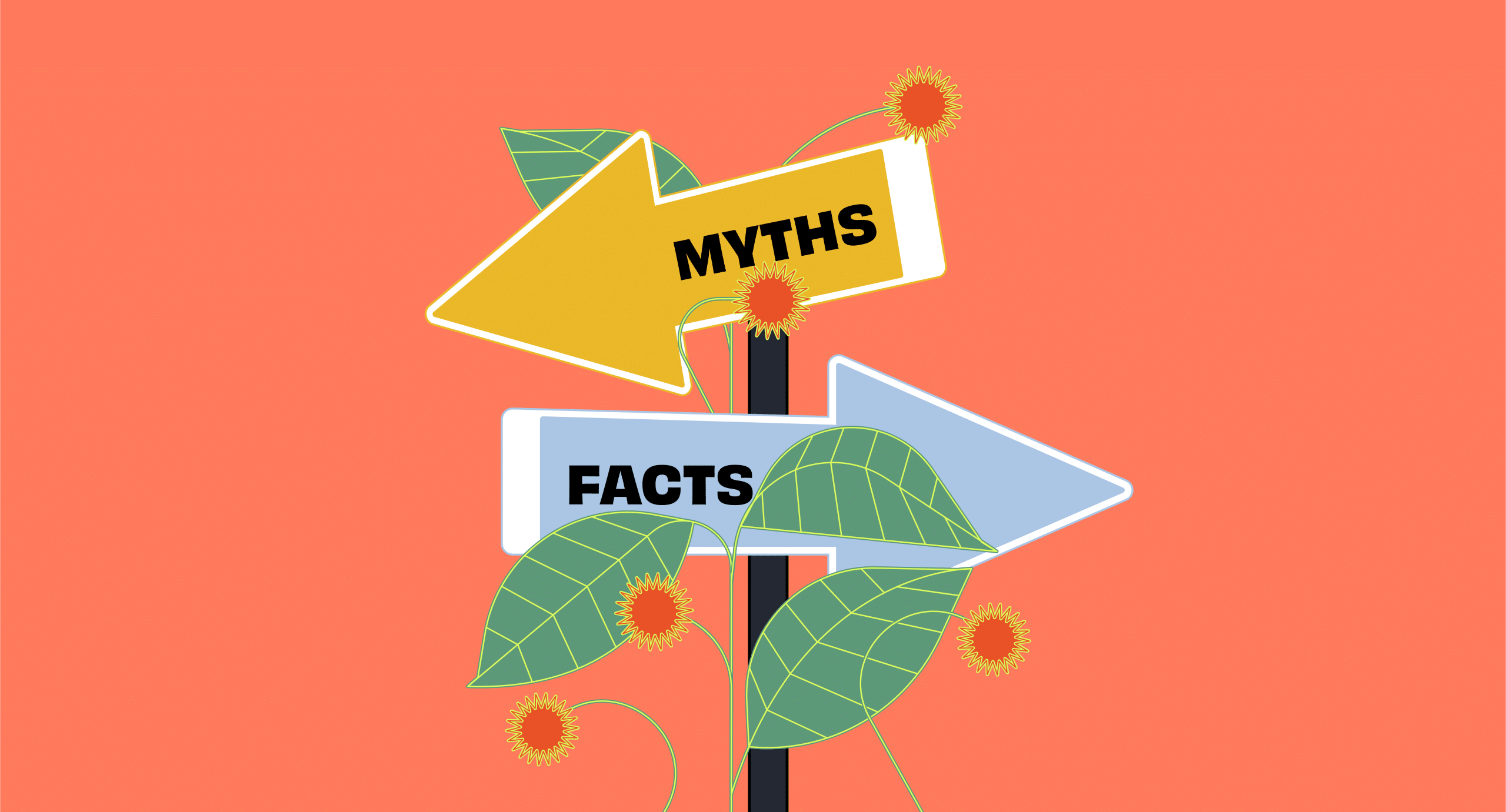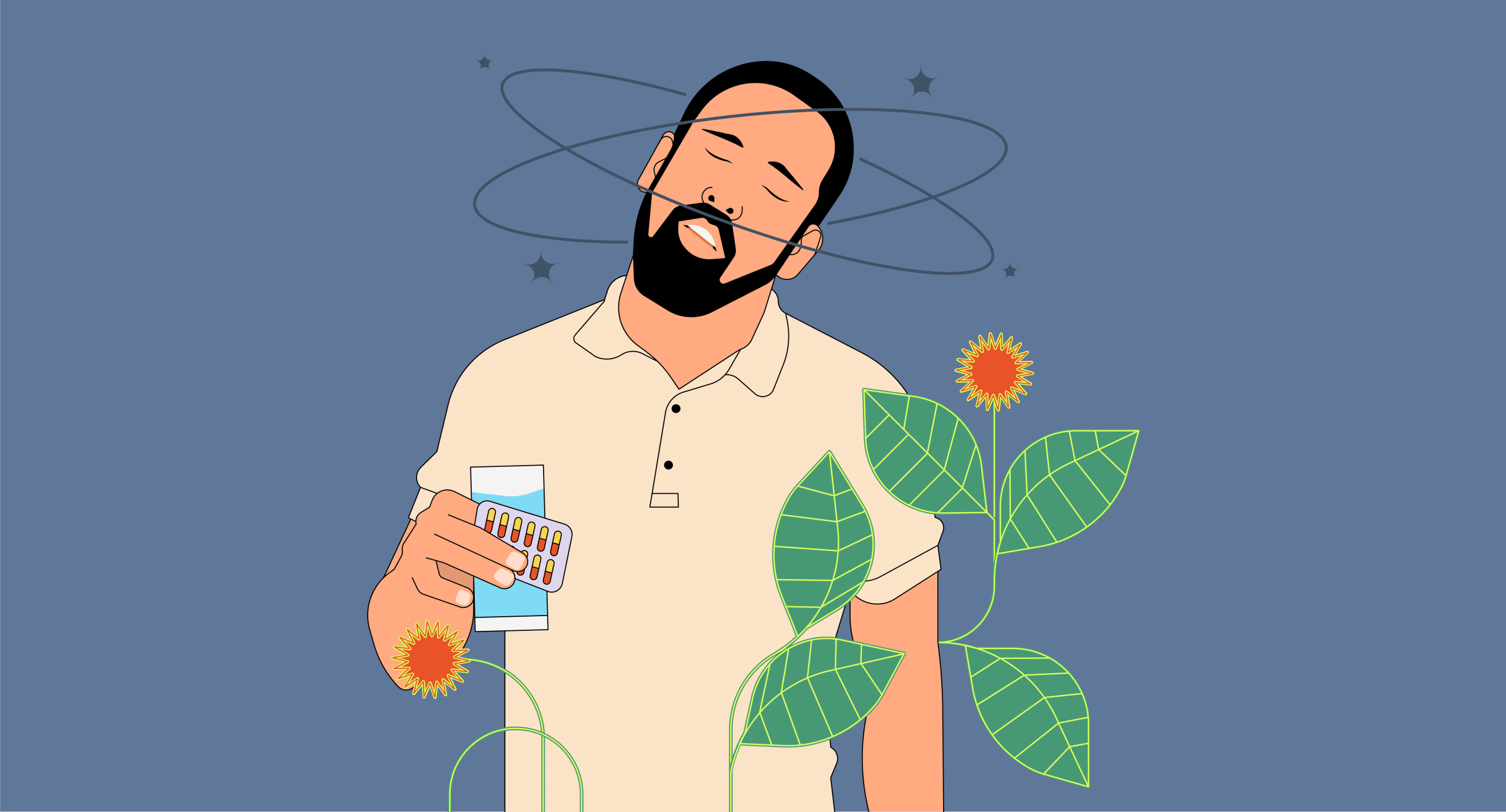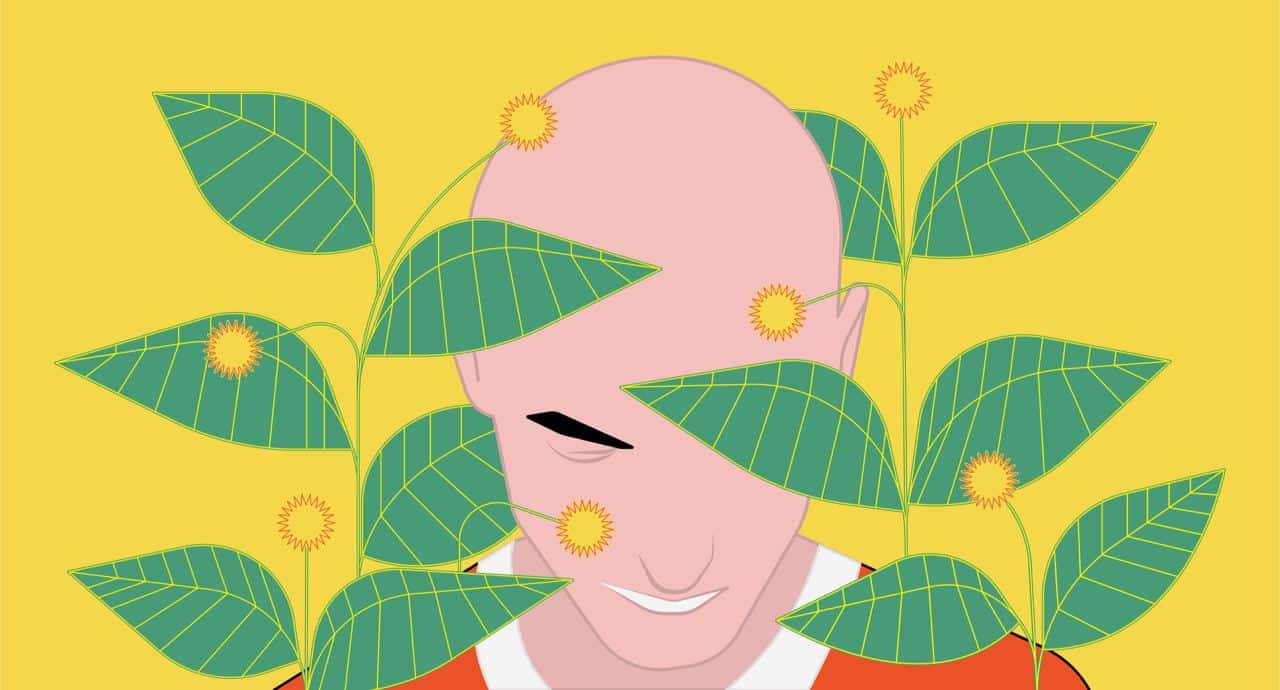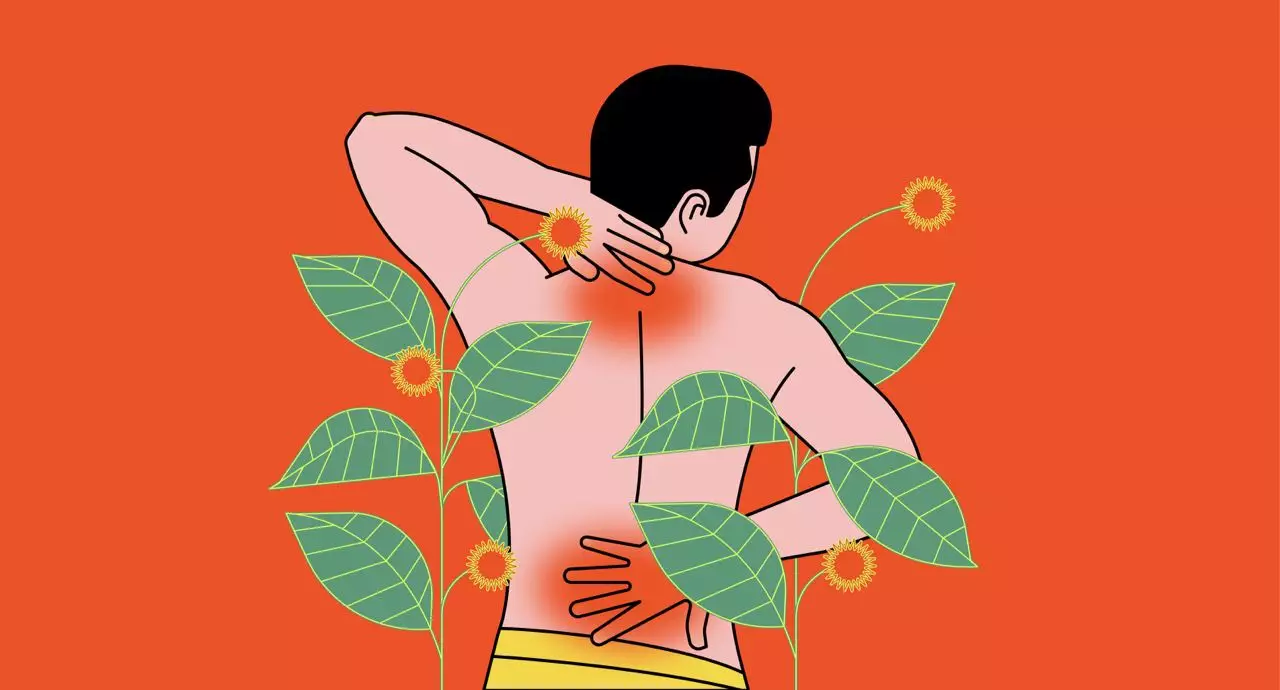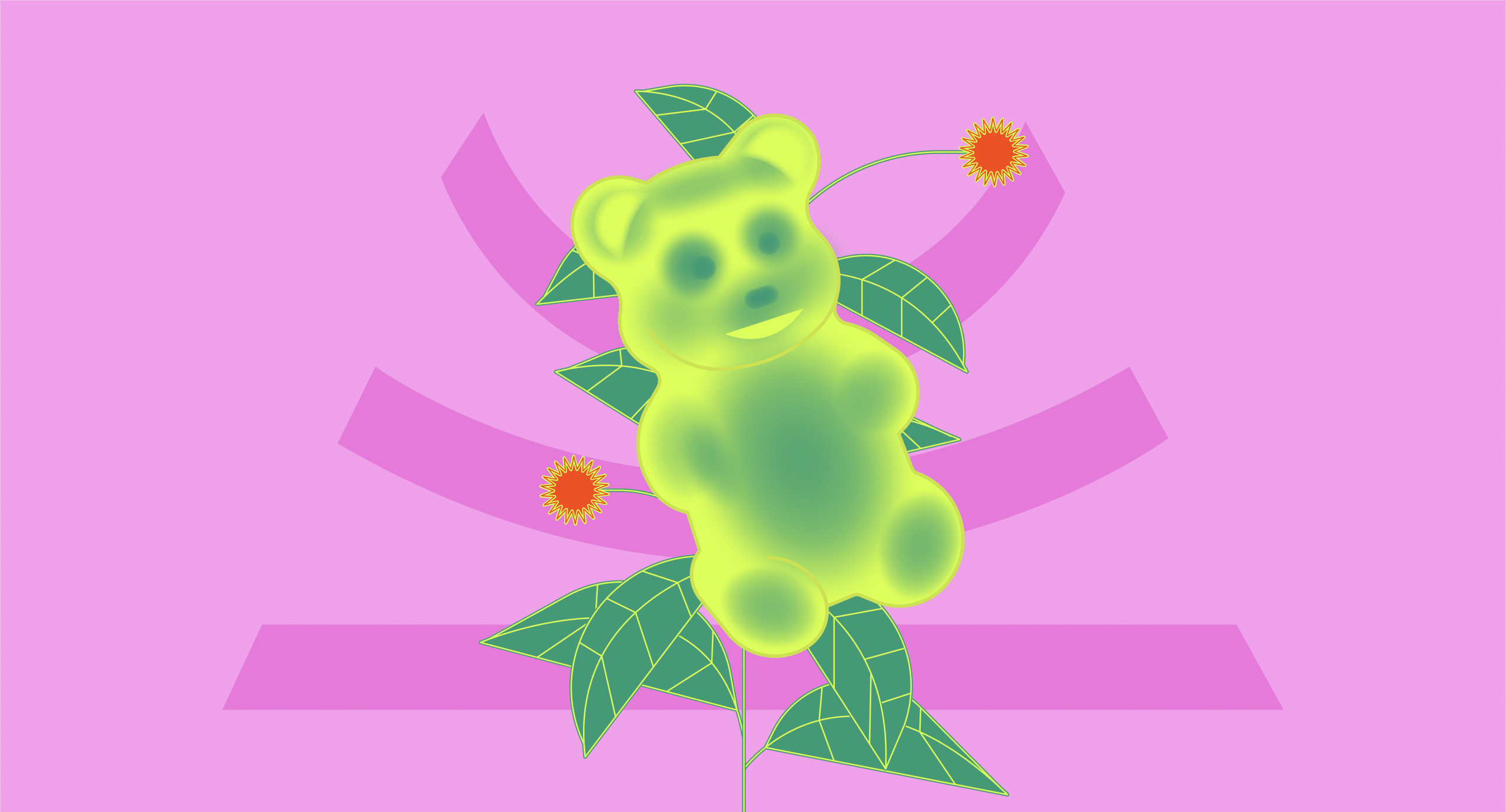Dopamine receptors form one of the most important systems in our body. With placement in key regions throughout the brain — collectively, the mesolimbic or “reward” pathway — dopamine influences virtually everything about how we function and experience life.
In this article, we’ll cover:
- How Dopamine Receptors Function
- The Different Dopamine Receptors
- What Dopamine Receptors Are Responsible for
- Dopamine’s Reward System
- Dopamine’s Impact on Motor Function
- How Dopamine Influences Cognition
- Dopamine and Mood Regulation
- Dopamine’s Potential for Neurogenesis
- How Kratom Affects Dopamine
- Decoding and Mastering Your Dopamine Levels
We’ll also tackle the most frequently asked questions about dopamine receptors. If you’re just looking for a quick answer, you can jump to them here:
- Is Dopamine Responsible for Feelings of Bliss?
- How Important Is Dopamine’s Role?
- When Does the Brain Release Dopamine?
- Where are Dopamine Receptors Located?
- What Neurotransmitters Interact With Dopamine Receptors?
While dopamine operates in complex ways, it has guided our species through countless evolutionary stages to encourage survival, procreation, and (most importantly) recreation.
How Dopamine Receptors Work
Dopamine receptors are present throughout our brain, body, organs, and veins and regulate several processes. Depending on their location and type, dopamine receptors could assist with movement, sight, mood, or any number of critical functions.
They belong to the crucial class of seven transmembrane G protein-coupled receptors (7TMR). 7TMRs control most of our essential physiological operations, utilizing proteins encoded for specific actions within the cell.
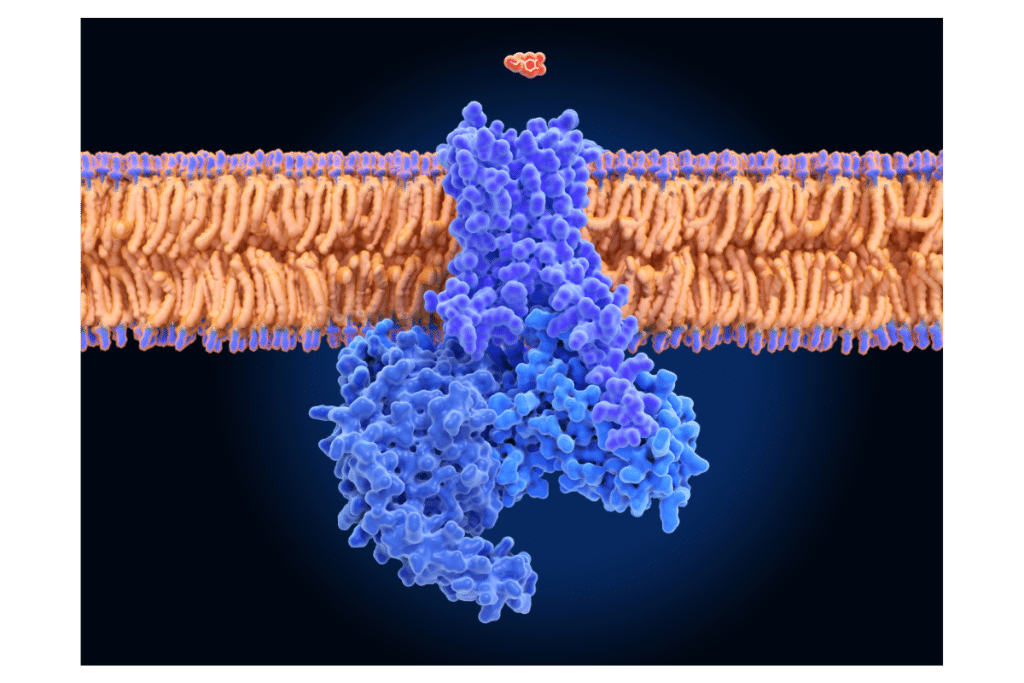
While inactive, these proteins stay attached to the cell’s membrane on the other side of the receptor. Activation “knocks” them loose so they can separate and begin influencing various operations.
These aren’t the only types of receptors belonging to this elite group, but they — rightfully — receive much of the attention. Opioid receptors, serotonin receptors, and many others utilize a similar mechanism for intricate, intracellular shifts in production.
“Activation” from an agonist molecule looks different from system to system. The dopaminergic receptors mostly set off or restrict chain reactions, which produce and release chemicals responsible for elevating our mood.
Dopamine itself isn’t the rewarding part, but it is the messenger responsible for it.
The Two Dopamine Receptor Groups
There are five dopamine receptors, named D1–5, in order of discovery. Somewhat confusingly, they’re broken into two groups — D1 receptors (D1 and D5) largely control reward and cognition, while D2 (D2–4) mainly handles motor function and dopamine production [1].
The difference between the two groups comes down to the coupled protein’s action after activation.
In D1 receptors, here’s how the receptor activation plays out:
- After the molecule reaches its spot, the coupled protein detaches, enabling it to move freely
- Its dedicated location activates the production of adenylate cyclase (AC)
- The only known purpose of this enzyme is to use energy from adenosine triphosphate (ATP) — essentially the “battery” of a cell — to create cyclic adenosine monophosphate (cAMP)
- cAMP acts as a secondary messenger within the cell, delivering the message from the activating chemical deeper into the cell and “boosting the signal” to neighboring neurons
- Activation also leads to the production of phospholipase C, a messenger which releases calcium stored within the cell
- Calcium moderates neurotransmitters firing from the cell, and another protein it helps create, phospholipase C.
Many mechanisms revolve around the actions surrounding the critical sodium/potassium pump on the receptor cells. This helps regulate the cell’s uptake and release of neurotransmitters; alterations can make this action more or less likely.
In short, D1 receptors turn the cell into a factory — mainly through the activation of AC. The culmination of this series of events encourages the cell to release.
D2 receptors, by contrast, inhibit AC when they move over to their assigned location, meaning the cascading events flowing from it don’t happen.
This makes it useful for other needs, however.
What Do Dopamine Receptors Control?
Dopamine receptor activation assists with major parts of our experiences in life. Cognition, mood, and even blood pressure rely on this system.
Here’s what D1 receptors help control through their activation of ATP and ensuing chemical changes [2]:
- D1 — Impulse control, short-term memory, movement, and focus
- D5 — Cognition, focus, decision-making, and renin (increases blood pressure) secretion
By elevating the signals and capabilities of these cells, they can reward the body or encourage its action. A great example is impulse control, where activating receptors can keep you from acting now in anticipation of how you’ll feel later.
Conversely, the D2 receptors power these messages down to stop the chemical changes from happening. These receptors handle:
- D2 — Focus, movement, short- and long-term memory, and sleep
- D3 — Impulse control, cognition, sleep, and focus
- D4 — Impulse control, cognition, sleep, and focus

A subtype of the D2 group of receptors — D2-autoreceptors — produces dopamine and releases it into the system [3]. This represents one of the most accurate pictures of homeostasis within the dopaminergic system.
After releasing dopamine within the cell, some of it attaches to the receptor from which it came to prevent it from producing more. Alternatively, after releasing large amounts of dopamine, some may inhibit autoreceptors, preventing them from making more when there’s plenty to go around.
Here’s how some of the dopamine functions play out:
Dopamine & the Reward System
The most well-known use of the dopaminergic system is to reward behavior, making it feel pleasurable or beneficial. Whenever you do something your brain enjoys — good or bad — it rewards you with a burst of dopamine to encourage the behavior.
Another use for this is motivation; it provides a reward to help you to see a task through. Evolutionarily, this rewarded behaviors like eating, drinking water, or having sex to encourage procreation and prosperity.
Of course, drugs, alcohol, and even maladaptive behaviors can lead to reinforcement from dopamine, encouraging habits to form.
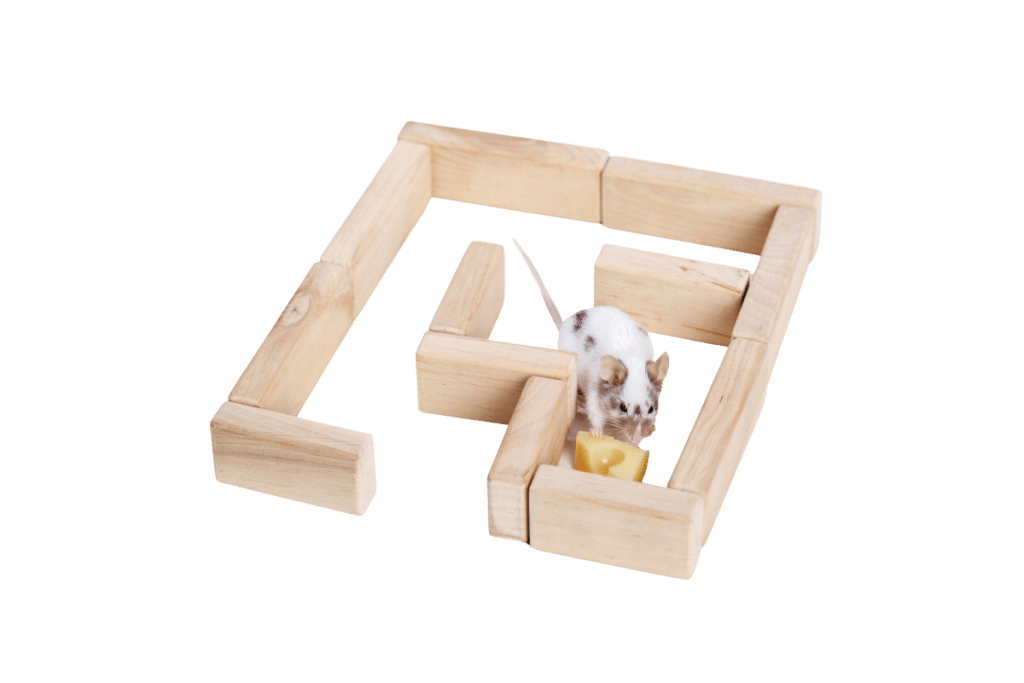
Animal models have shown dopaminergic systems turn even irrational behaviors into routines that can virtually disappear after balancing dopamine levels [4]. Nearly all bodily functions assist in homeostasis, and our perceptions of what this looks like depend on various factors.
A scarcity of dopaminergic activity may lead to mental health problems and depressive disorders [5], while a surplus could contribute to schizophrenia and psychosis [6]. Respectively, these conditions (among several other things) deprive people of or flood them with excitability.
Dopamine Depletion & Depression
Some evidence suggests depressive disorders and other mental health conditions could have an underlying link to dopamine’s reward pathways. Decreased production of the chemical or its transmitters may cause anhedonia — or an inability to experience joy.
No condition comes down to one single factor. Depression is complex and involves several different systems, but dopamine often has a significant role. Whether it’s a cause or a symptom is uncertain — theoretically, you could normalize the lower level of dopamine due to depressive symptoms over time.

Regardless, this is the target of pharmaceutical approaches for depression. The first attempts involved inhibiting the monoamine oxidase enzyme, which metabolizes dopamine, serotonin, and many other chemicals before they attach to the receptor.
Serotonin is similar to dopamine, and the two have a delicate bond when it comes to the reward system [7]. While dopamine provides energy and focus, serotonin improves mood and has a longer-lasting and more profound effect.
Some studies show dopamine activation may also trigger a co-release of serotonin and could play a significant role in how it works.
Dopamine Surplus & Schizophrenia
Like depression, schizophrenia is intricate and involves a large percentage of bodily functions, but dopamine is likely one of them. High levels of dopamine can flood the system with signals, potentially causing hallucinations and delusions.
Think of it as sitting around with nothing to do but constantly feeling like you have the energy to complete a hugely rewarding task.
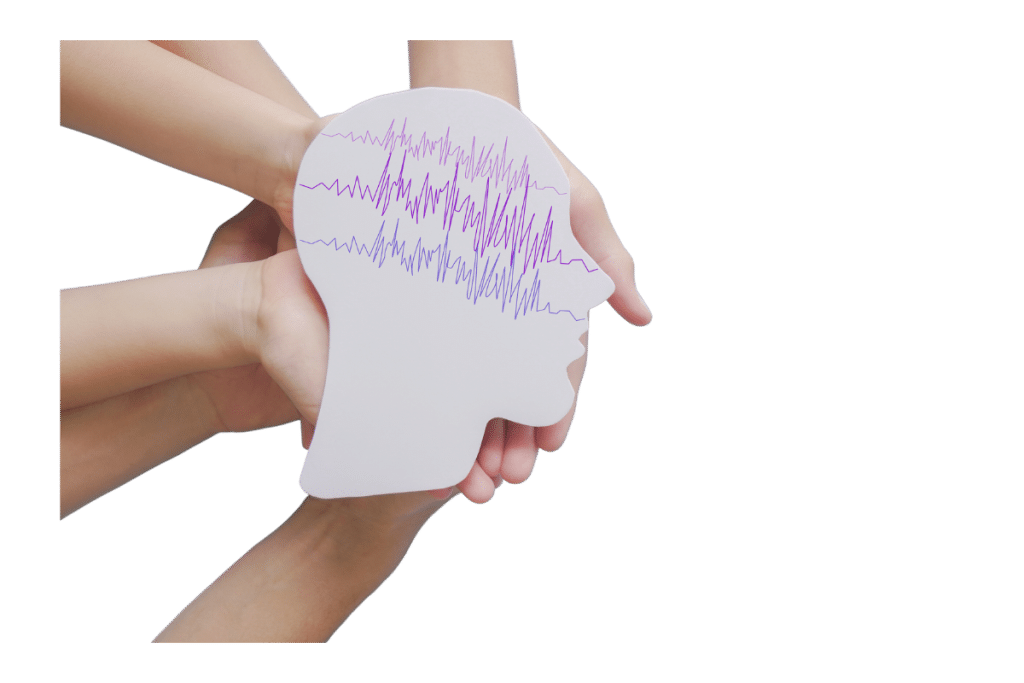
Most treatments for the condition block D2 receptors to stop them from producing more. This is helpful for hallucinatory and psychotic symptoms but not the mental health effects [8] — other symptoms include anhedonia, social withdrawal, and an inability to focus.
While blocking D2 receptors can stop dopamine overcommunication, it also prevents its regular actions and the other things we need it for.
Dopamine & Motor Function
Dopamine’s influence over motor function plays off the reward system, calculating the potential cost of activities and providing the energy to perform them [9]. This happens whether you’re on a leisurely walk or leaping away from an oncoming bus.
An example is when you have the energy to change into your workout clothes and drive to the gym, even though you haven’t acted yet.

You’re feeling the benefits of intending to better your health, and your brain is saying, “Let’s GO!” Over time, we rely on this reward and become “addicted” to our habits, which is why people who exercise frequently may feel depressed when they stop working out.
Even planning to go to the gym, changing your mind, and staying home can have this effect since you’re anticipating the reward while enjoying the motivation.
This function provides the link between a decrease in dopamine and Parkinson’s disease [10] — a brain disorder resulting in uncontrollable movements. Without the appropriate levels of dopamine or D2 receptors, patients with Parkinson’s cannot regulate and control their movement appropriately.
Current medications for this disorder involve increasing dopamine levels to improve symptoms, but there isn’t currently a way to cure it.
Dopamine & Cognition
Dopamine’s cognitive effects are two-fold: influencing our current working — or short-term — memory and supporting efforts to learn [11]. Through this, it can influence, control, and reward our efforts to grow in understanding.
For working memory, dopamine rewards other networks to train them on what information they should store and when to update it. This can motivate you to remember the directions to your friend’s house, for instance, while you’re on your way there.

Dopamine is a major supporter of your efforts at cognitive growth. When you watch a compelling documentary or hang on to every word of a lecture, dopamine is what keeps you interested.
Disorders stemming from dysregulated dopamine production include attention-deficit disorders like ADD and ADHD [12]. Without dopamine to reward focus or retain short-term information, focusing on a task or remembering critical details is tough.
Current methods of treating this disorder involve amphetamines, which release large amounts of dopamine within the brain.
Dopamine & Mood Regulation
While dopamine can boost energy or focus, it also constantly works towards a homeostatic effect on mood and energy. While toxic and unhealthy habits can become a regular part of life through dopaminergic reward, some evidence suggests returning to balance could fix this.
The authors of a study on homeostatic reinforcement suggest that “delay discounting” is a major factor in building up this effect [4]. This is our tendency to consider more complicated tasks less valuable to complete than short, easy ones.
If you’ve ever seen the “marshmallow test,” you’ve witnessed this response in action. In it, children are given one marshmallow and told they’ll receive another if they don’t eat the first one while researchers are out of the room.
Corrective action by intentionally completing more complex tasks first could — they theorize — train the system to chase after them through reinforcement. As a result, dopamine may fire in anticipation of a reward, and your brain will recognize the value of getting a bigger “hit” from completing something challenging.
Additional ways to improve dopamine revolve around treating yourself well and building yourself up. Exercise, healthy meals, and more are the best ways to boost your dopamine levels and train them to stay there.
Dopamine & Neurogenesis
Neurogenesis is the brain’s process of generating neurons to improve its communication and potential. Though there was initially debate on the issue, we now know this is a possibility even for adults [1].
Mechanisms for this are complicated, as research has shown dopamine may prevent the action responsible for neuronal growth. In fact, chronic overproduction of dopamine can lead to a reduction in receptors and neurotransmitters within the system as it reduces output to attempt homeostasis.
Agonists of some D2 receptors may create these neurogenetic effects, but it’s theoretical and controversial. Still, as we learn more, this system could be crucial in helping with neurodegenerative diseases like Parkinson’s.
How Does Kratom Affect Dopamine?
Mitragynine — and its metabolite, the far more powerful 7-hydroxy(OH)-mitragynine [13] — are the main active opioids of kratom (Mitragyna speciosa). As discussed in our article on the opioid system, some receptors have locations along the dopaminergic pathway and influence it.
Related: Understanding the Opioid System and its Interaction with Dopamine
Anything activating the mu-opioid receptors will also trigger dopamine release simply by stimulating a similar location. Many cite this as a big reason for addictive behaviors, as the rewarding effects of opioid stimulation make it habitual [14].
Additionally, research suggests mitragynine interacts with other systems, including dopamine and serotonin receptors [15]. Crucially, it has an affinity for the D2 receptor — frequently the target of antipsychotic medication.

Unlike pharmaceutical approaches, some studies indicate mitragynine could be effective for treating “positive symptoms” of psychosis (hallucinations/delusions) and “negative” ones (dysphoria/social withdrawal) [16]. Evidently — at least in the rodent models — it can do so without the adverse side effects of other pharmaceutical D2 antagonists.
Some studies even show low doses of kratom have powerful antidepressant activity in mice, likely through the dopaminergic system [17].
Both represent incredible potential paths forward for the pharmaceutical industry with our beloved kratom plant as its foundation.
Decoding Your Dopamine Receptors & Finding Homeostasis
Learning what motivates you can empower your capacity for change and success, but balance requires discipline. Bombarding your brain with pleasure through repeated unhealthy behaviors will only harm it.
Dopamine deserves more respect than we usually give it, reducing it to the feeling we get when someone likes our social media posts. It’s so powerful you can become addicted to behaviors via the drugs within your mind.

Ever have a bad habit you couldn’t stop thinking about whenever you tried to quit? It almost makes you squirm to avoid it, right? You can practically taste the dopamine your brain is anticipating from it (or maybe even feel it is trying to nudge you).
Be conscious of what you are training your brain to anticipate a reward from, and you can become a master of whatever you want to accomplish. Conversely, you can find yourself thrown into whatever pattern happens to cross your path and struggling to get rid of it.
After forming the habit, the dopamine burst only gets more tantalizing the further you get away from it.
FAQ: Dopamine Receptors & Their Function
Dopamine and the receptors it interacts with are complicated and utilize delicate mechanisms to exert dramatic change. Here are some questions people frequently ask about dopamine and the receptors it interacts with:
1. Is Dopamine the “Bliss” Molecule?
While dopamine is responsible for elevating mood and providing energy, it’s not the molecule people typically refer to as the “bliss molecule” — though it is involved. Feelings of bliss often arise thanks to the molecule anandamide interacting with endocannabinoid receptors, similar to delta-9-tetrahydrocannabinol (THC) — the active ingredient in cannabis [18].
Stimulating this system encourages dopamine and serotonin production and release but doesn’t directly interact with those receptors.

Still, if you’re feeling blissful, dopamine will likely kick in to reward the behavior. Anandamide release signifies something impactful, spiritual, or accomplished that the brain deems worth reinforcing.
Of course, like the rest of the reward systems within the body, the brain doesn’t differentiate between healthy and unhealthy reasons for releasing anandamide. Drug use, unhealthy-but-enjoyable experiences, and other unhelpful activities can also stimulate the release of this molecule and the accompanying feeling of bliss.
2. How Important Is Dopamine?
Dopamine has a role in nearly every major function of our lives, from memory and attention to movement and evolutionary adaptation. Society mainly focuses on its role as a reward mechanism to encourage helpful behaviors, but it controls much more than that.
Low dopamine levels, or the receptors it interacts with, have associations with several mental health and neurodegenerative conditions. As such, maintaining it is crucial.
In addition to mechanisms outside the reward system, it often utilizes dopaminergic rewards to motivate, train, or encourage other physiological elements.
3. Are You Always Releasing Dopamine?
Not necessarily, though it is crucial for several functions, so if you’re moving or working on a task, you’re likely releasing dopamine. While dopamine release comes as a reward at the end of a behavior, it’s also used to motivate us to complete challenging tasks.
As such, it’s frequently involved in motivating us to start a task, carrying us through to the end, and rewarding us for doing so.
Additionally, dopamine maintains mood and impulse control, and some D2 receptors have the specific task of creating and releasing dopamine. However, even they have a built-in mechanism where dopamine attaches to the receptor, preventing them from making more for a brief period.
4. Can You Improve Dopamine Levels Naturally?
Yes! Dopamine is a reward mechanism, so the easiest way to increase your dopamine levels is by doing things your body finds beneficial.
You can get cheap dopamine hits all over the place with unhealthy food, pornography, fast-paced video games, or wherever you can find joy easily. There’s no harm in a bit of indulgence from time to time, but beneficial activities produce more reliable streams of dopamine, and forming a habit with them bolsters dopaminergic systems immensely.
A healthy diet, exercise — or, if you have an intimate partner, sex — meditation, and more can all improve dopamine levels and fortify mood management. Regularly seeking to treat your body and mind right will continually pay dividends when it comes to dopamine and several other helpful components of life.
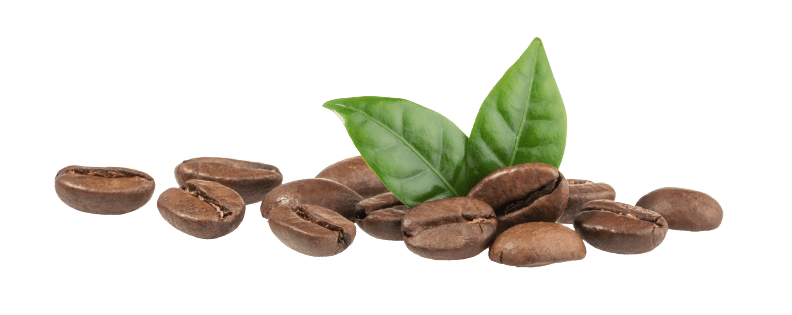
Natural substances that encourage dopamine release, like kratom, caffeine, or cannabis, could help. Notably, many conditions impact dopamine to the point of warranting medical intervention.
However, if a doctor recommends a medical intervention, don’t assume you can avoid it altogether with these substances. Do your research and discuss with a trusted medical professional to determine the best treatment.
Depletion and surpluses in dopamine can cause disastrous effects, so don’t jump into anything you aren’t sure of.
5. Where Are Dopamine Receptors Located?
Dopamine receptors are abundant throughout the body but primarily reside within the brain, where they exert the majority of their effects. Dopamine signals follow the mesolimbic pathway; a central nervous system circuit.
6. What Neurotransmitters Interact With Dopamine Receptors?
While dopamine is the main neurotransmitter interacting with dopamine receptors, there are several others. Most importantly, epinephrine and norepinephrine — also important for learning and memory — are both potent agonists of the 4th dopamine receptor [19] and interact with others.
- Mishra, A., Singh, S., & Shukla, S. (2018). Physiological and Functional Basis of Dopamine Receptors and Their Role in Neurogenesis: Possible Implication for Parkinson’s disease. Journal of Experimental Neuroscience, 12, 1179069518779829.
- Bhatia, A., Lenchner, J. R., & Saadabadi, A. (2023). Biochemistry, Dopamine Receptors. In StatPearls. StatPearls Publishing. http://www.ncbi.nlm.nih.gov/books/NBK538242/
- Ford, C. P. (2014). The Role of D2-Autoreceptors in Regulating Dopamine Neuron Activity and Transmission. Neuroscience, 282, 13–22.
- Keramati, M., & Gutkin, B. (n.d.). Homeostatic reinforcement learning for integrating reward collection and physiological stability. ELife, 3, e04811.
- Belujon, P., & Grace, A. A. (2017). Dopamine System Dysregulation in Major Depressive Disorders. International Journal of Neuropsychopharmacology, 20(12), 1036–1046.
- Radua, J., Schmidt, A., Borgwardt, S., Heinz, A., Schlagenhauf, F., McGuire, P., & Fusar-Poli, P. (2015). Ventral Striatal Activation During Reward Processing in Psychosis: A Neurofunctional Meta-Analysis. JAMA Psychiatry, 72(12), 1243–1251.
- Fischer, A. G., & Ullsperger, M. (2017). An Update on the Role of Serotonin and its Interplay with Dopamine for Reward. Frontiers in Human Neuroscience, 11. https://www.frontiersin.org/articles/10.3389/fnhum.2017.00484
- Risch, S. C. (1996). Pathophysiology of schizophrenia and the role of newer antipsychotics. Pharmacotherapy, 16(1 Pt 2), 11–14.
- Niv, Y., Daw, N. D., Joel, D., & Dayan, P. (2007). Tonic dopamine: Opportunity costs and the control of response vigor. Psychopharmacology, 191(3), 507–520.
- Gilat, M., Bell, P. T., Ehgoetz Martens, K. A., Georgiades, M. J., Hall, J. M., Walton, C. C., Lewis, S. J. G., & Shine, J. M. (2017). Dopamine depletion impairs gait automaticity by altering cortico-striatal and cerebellar processing in Parkinson’s disease. NeuroImage, 152, 207–220. https://doi.org/10.1016/j.neuroimage.2017.02.073
- Westbrook, A., & Braver, T. S. (2016). Dopamine does double duty in motivating cognitive effort. Neuron, 89(4), 695–710.
- Volkow, N. D., Wang, G.-J., Kollins, S. H., Wigal, T. L., Newcorn, J. H., Telang, F., Fowler, J. S., Zhu, W., Logan, J., Ma, Y., Pradhan, K., Wong, C., & Swanson, J. M. (2009). Evaluating Dopamine Reward Pathway in ADHD. JAMA : The Journal of the American Medical Association, 302(10), 1084–1091.
- Kruegel, A. C., Uprety, R., Grinnell, S. G., Langreck, C., Pekarskaya, E. A., Le Rouzic, V., Ansonoff, M., Gassaway, M. M., Pintar, J. E., Pasternak, G. W., Javitch, J. A., Majumdar, S., & Sames, D. (2019). 7-Hydroxymitragynine Is an Active Metabolite of Mitragynine and a Key Mediator of Its Analgesic Effects. ACS Central Science, 5(6),
- Listos, J., Łupina, M., Talarek, S., Mazur, A., Orzelska-Górka, J., & Kotlińska, J. (2019). The Mechanisms Involved in Morphine Addiction: An Overview. International Journal of Molecular Sciences, 20(17), 4302. https://doi.org/10.3390/ijms20174302
- Johnson, L. E., Balyan, L., Magdalany, A., Saeed, F., Salinas, R., Wallace, S., Veltri, C. A., Swogger, M. T., Walsh, Z., & Grundmann, O. (2020). The Potential for Kratom as an Antidepressant and Antipsychotic. The Yale Journal of Biology and Medicine, 93(2), 283–289.
- Vijeepallam, K., Pandy, V., Kunasegaran, T., Murugan, D. D., & Naidu, M. (2016). Mitragyna speciosa Leaf Extract Exhibits Antipsychotic-Like Effect with the Potential to Alleviate Positive and Negative Symptoms of Psychosis in Mice. Frontiers in Pharmacology, 7, 464.
- Buckhalter, S., Soubeyrand, E., Ferrone, S. A. E., Rasmussen, D. J., Manduca, J. D., Al-Abdul-Wahid, M. S., Frie, J. A., Khokhar, J. Y., Akhtar, T. A., & Perreault, M. L. (2021). The Antidepressant-Like and Analgesic Effects of Kratom Alkaloids are accompanied by Changes in Low Frequency Oscillations but not ΔFosB Accumulation. Frontiers in Pharmacology, 12, 696461.
- Scherma, M., Masia, P., Satta, V., Fratta, W., Fadda, P., & Tanda, G. (2019). Brain activity of anandamide: A rewarding bliss? Acta Pharmacologica Sinica, 40(3), 309–323.
- Lanau, F., Zenner, M. T., Civelli, O., & Hartman, D. S. (1997). Epinephrine and norepinephrine act as potent agonists at the recombinant human dopamine D4 receptor. Journal of Neurochemistry, 68(2), 804–812.




